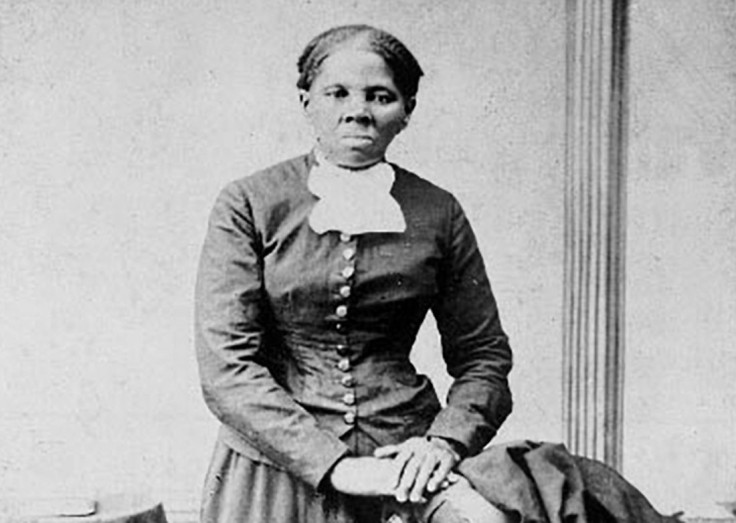How Many Alexander Hamiltons Will New Harriet Tubman Currency Cost The Federal Government?

The nation's largest currency overhaul since 1929 shouldn't cost taxpayers too many dollars. Treasury Secretary Jacob Lew announced Wednesday Harriet Tubman will appear on the $20 bill displacing Andrew Jackson and putting a woman and a person of color on U.S. printed currency for the first time in more than a century.
The redesign will also see activists representing the women's suffrage movement appear on the back of the $10, including Sojourner Truth, Susan B. Anthony and Elizabeth Cady Stanton. Lew announced last year he would put a woman on the $10 bill instead of founder Alexander Hamilton. But Lew opted to keep Hamilton on the front of the bill after supporters of the hit Broadway musical that tells his life story protested the proposal.
The $5 bill will also be redesigned over the next four years, with President Abraham Lincoln remaining on the front, but with historic events that occured at the Lincoln Memorial in Washington, D.C., added to the back, including opera singer Marian Anderson's 1939 concert and Martin Luther King Jr.'s 1963 "I Have a Dream" speech.
It's unlikely the massive redesign will cost taxpayers any extra Alexander Hamiltons because the government regularly redesigns bills and introduces them into circulation, the Wall Street Journal reported. It general costs the government 5 cents to print $1 and 14 cents to make $100, the most expensive bill to print, according to the Federal Reserve Board. The 2016 currency budget is $737.4 million.
The new $10 bill will enter circulation in 2020, marking the 100th anniversary of when women were granted the right to vote. There's no time frame for the new $20, meaning it could take many years before the Tubman bill is widely circulated. (Jackson, a harsh critic of paper currency, will still appear on the back of the $20 bill.) The new $5 bill will enter circulation over the next decade.
Women on 20s, a group that has long called for putting a woman on U.S. currency, urged the federal government to circulate the Harriet Tubman notes as soon as possible.
"I'm happy to have a commitment. I'd be happier to have a date," Susan Ades Stone of Women on 20s told USA Today.
President Barack Obama launched the money makeover after he said he received a letter from a girl from Massachusetts saying women should appear on currency. Obama called it "a pretty good idea."
The $20 bill is the third-most common bill at 23 percent, followed by the $5 bill at 7 percent and the $10 bill at percent. The $1 bill featuring George Washington is the most popular, making up about 30 percent of all bills in circulation, according to the Federal Reserve.
The new bills will be created with help from the Treasury, which designs the physical illustrations, and an anticounterfeiting committee made of the U.S. Secret Service, the Federal Reserve and the Bureau of Engraving and Printing.
U.S. currency has featured the same roster of white founding fathers since 1928. A woman hasn't appeared on paper currency since Martha Washington was featured on a $1 silver note in 1891.
© Copyright IBTimes 2025. All rights reserved.






















